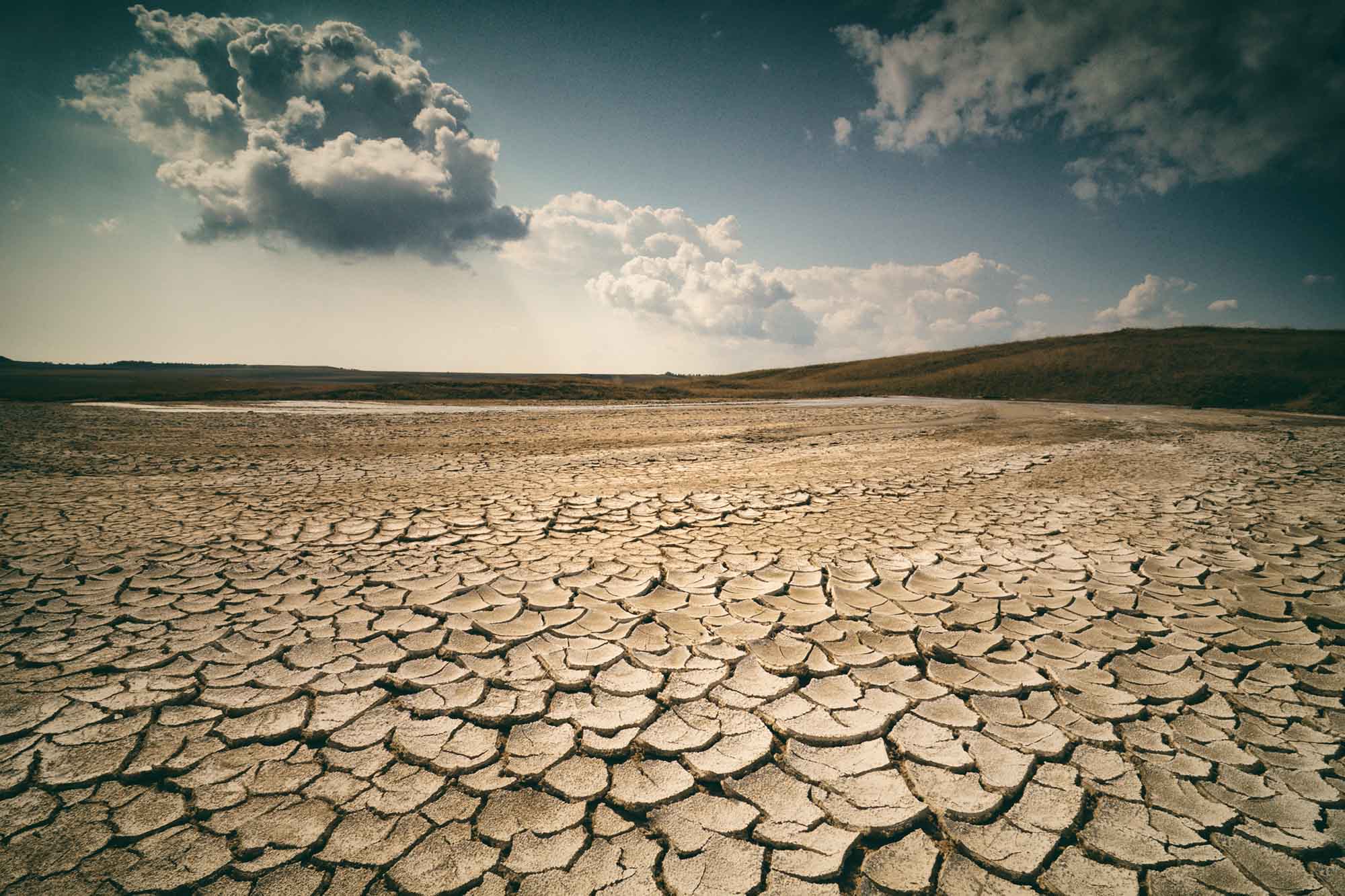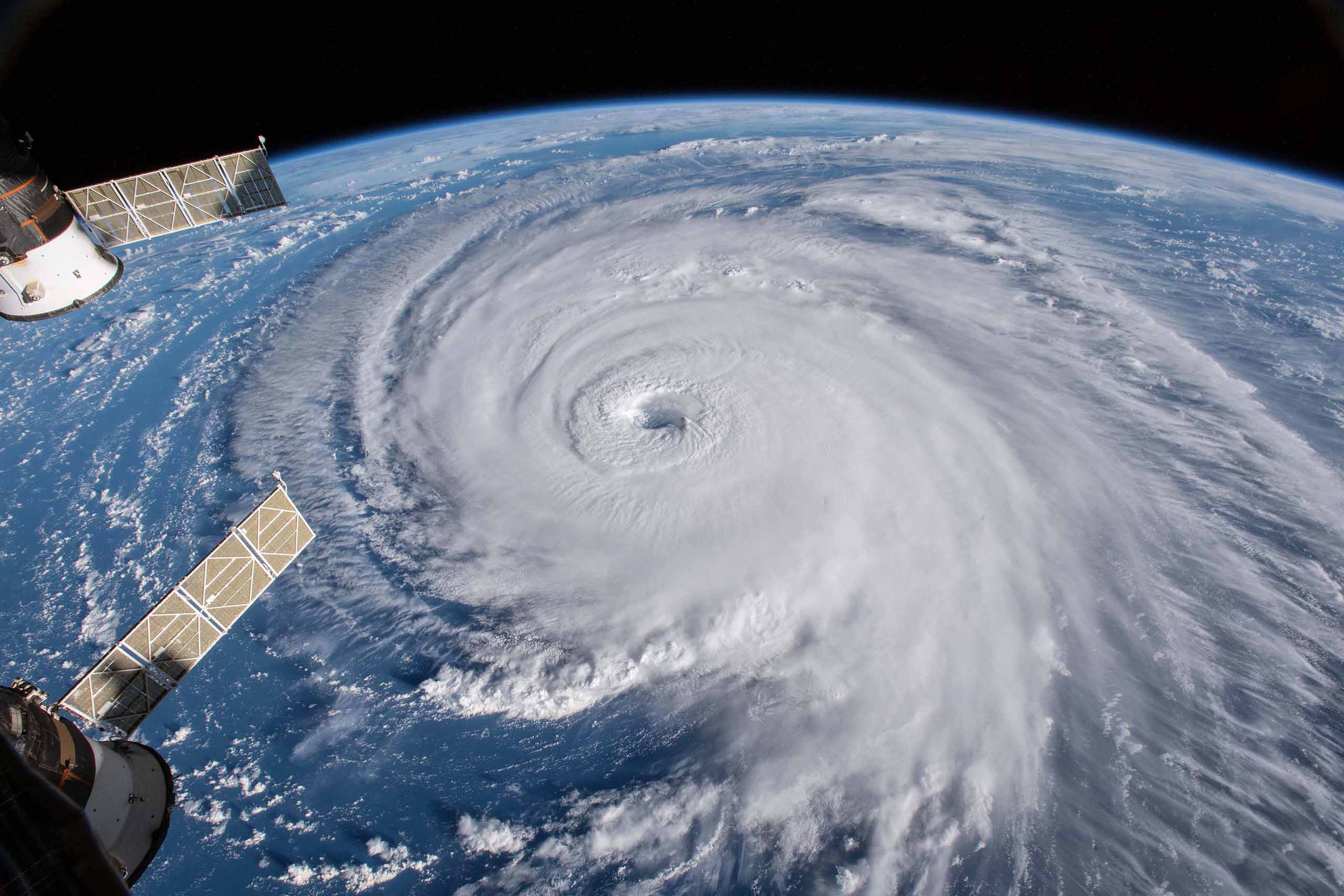Thunderstorms are Mother Nature at her most violent. What sets thunderstorms apart from any other type of weather is the presence of lightning. Lightning can only happen from cumulonimbus clouds, and special conditions are necessary to allow thunderstorms to form. Below, we’ll explain this process. We’ll also provide a few resources at the end for you to research the life cycle of a thunderstorm in more detail than the basic explanation we offer here.
More Weather Blogs
The Life Cycle of a Thunderstorm
The life cycle of a thunderstorm is divided into four stages: the cumulus (or formation) stage, the intensification stage, the mature stage, and the dissipation stage. Each of these stages is characterized by different weather conditions. This blog post will look at each of these stages and explain what to expect during each one.

“Cumulus” stage
Thunderstorms require three ingredients to form: moisture, instability and lift. Moisture is necessary for clouds to develop: this is why desert areas are so often cloud-free. The next key ingredient is instability. Warm moist air has less mass than colder air, which causes it to rise through the atmosphere, called an ‘updraft.’ This is how lift occurs naturally, although features like mountain ranges can provide an “artificial” source of lift. Warm moist air provides the initial spark for a thunderstorm.
When all of these ingredients are present, clouds can develop, including cumulus and eventually cumulonimbus clouds. A cumulus cloud becomes a cumulonimbus cloud when it produces lightning: conversely, a cumulonimbus cloud in the dissipation stage will become a cumulus cloud once it stops producing lightning.

Intensification stage
The updrafts inside the thunderstorm are much stronger than any downdrafts during the intensification stage, causing rapid growth in the size of the storm cloud. At the end of this stage, the top of the cumulonimbus cloud will reach the bottom of the stratosphere and spread outward. This stage usually takes about 30 minutes, during which time the storm will produce heavy rain, strong winds, and possibly hail. Lightning will begin and increase in frequency as the thunderstorm strengthens.
Intensification can be a rapid process, with an increased risk of lightning as the storm intensifies. You may have little time to react, so if you’re caught in an intensifying thunderstorm, find the nearest shelter and stay put.

Mature stage
When the updrafts and downdrafts reach a state of equilibrium, a thunderstorm is said to be in its “mature stage.” The storm chaser photos you see are of mature thunderstorms. This stage can last for several hours if the conditions are right. These strong updrafts and downdrafts also increase the risk of strong winds and occasionally hail. During the mature phase, the storm produces the most lightning, so you want to stay indoors and away from windows and conductive material like metal until the storm passes.
Storms at this point in the life cycle of a thunderstorm also can produce tornadoes if the storm begins to spin, which meteorologists call a “mesocyclone” because it can take the appearance of a low-pressure system on a small scale.

Dissipation
Eventually, the thunderstorm exhausts its source of warm moist air, which dramatically reduces the amount of lift. The downdrafts take over, and the cloud begins to collapse. Meteorologists often refer to this as the storm “raining out.” Essentially, the updrafts can no longer hold all the moisture at the top of the cloud will no longer be held up, and it falls to the ground.
While dissipation may sound like the storm is weakening, at least early on, there is an increased risk of strong winds and or torrential rain if the storm dissipates quickly. A microburst is a localized column of sinking air that produces an outward burst of wind at the surface. This can come as just a sudden, brief, and rapid increase in wind speed, a sudden burst of torrential precipitation, or a combination of the two.
More commonly, however, the dissipation stage of a thunderstorm is characterized by a gradual decrease in both precipitation and wind and a gradual reduction in lightning. Be careful, though: even weakening thunderstorms can produce lightning in the final dissipation stages. So give it a little more time before you head back outside to be on the safe side.
More Resources
These are our favorite resources for a more in-depth explanation of the life cycle of a thunderstorm.
- National Severe Storms Laboratory: Severe Weather 101 – Thunderstorm Basics




